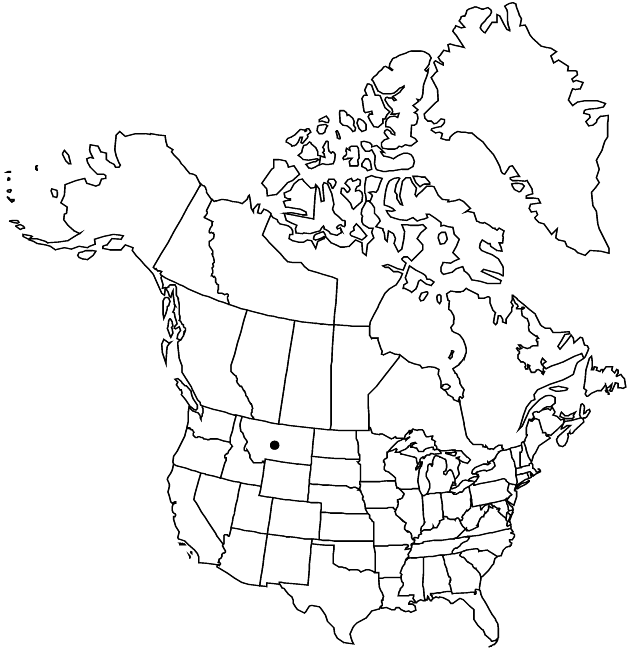Achillea nobilis
Sp. Pl. 2: 899. 1753.
Perennials, (10–) 15–60 cm (taprooted). Stems 1 (–4), erect, simple, glabrous or sparsely tomentose. Leaves sessile; blades ovate, 1.5–3 cm × 10–15 mm, 1–2-pinnately lobed, (bases auriculate, slightly clasping) faces ± hairy. Heads 30–100+, in simple or compound, corymbiform arrays. Phyllaries 10–13+ in (1–) 2 series, (midribs light green) oblong (apices papillose, translucent), abaxial faces glabrous. Receptacles flat to slightly convex; paleae narrowly oblong, 2–2.5 mm. Ray-florets 8–10 (–13), pistillate, fertile; corollas white, laminae 1–1.5 × 2–2.5 mm. Disc-florets 10–25+; corollas grayish white, 1.5–2.5 mm. Cypselae 0.75–1 mm. 2n = 18, 27.
Phenology: Flowering mid Jul–early Sep.
Habitat: Pastures, disturbed roadsides
Elevation: 900–1500 m
Distribution

Introduced; Mont., Europe
Discussion
Achillea nobilis was introduced in the flora area through cultivation. It has been reported in Minnesota, Massachusetts, and New York; herbarium sheets indicate that those reports were based on cultivated specimens. It was first collected in Montana in 1902; it appears to have become established in that state, where it is known from Lake and Flathead counties.
Selected References
None.